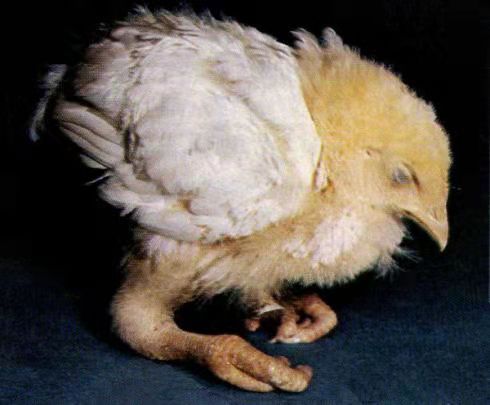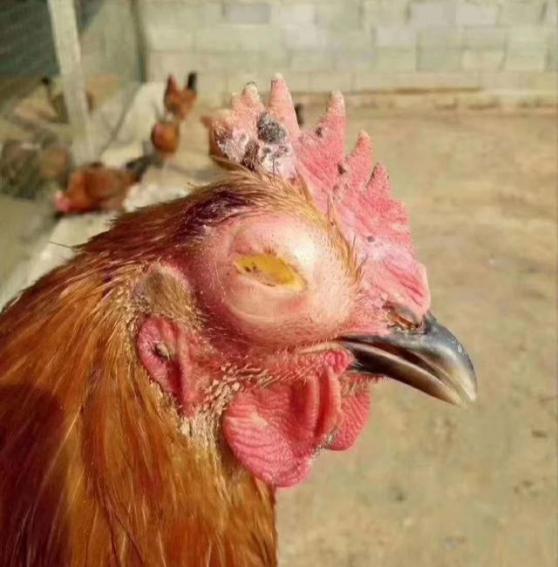Do you know when chickens are deficient in vitamin A, those symptoms will appear?
Avitaminosis A (retinol deficiency)
Group A vitamins have a physiological effect on fattening, egg production and poultry resistance to a number of infectious and non-infectious diseases. Only provitamin A has been isolated from plants in the form of carotene (alpha, beta, gamma carotene, cryptoxanthin), which is processed in the body.
birds into vitamin A.
A lot of vitamin A is found in fish liver (fish oil), carotene – in greens, carrots, hay, and silage.
In the body of a bird, the main supply of vitamin A is in the liver, a small amount – in the yolks, in pigeons – in the kidneys and adrenal glands.
Clinical picture
Clinical symptoms of the disease develop in chickens 7 to 50 days after being kept on diets lacking vitamin A. Characteristic signs of the disease: impaired coordination of movement, inflammation of the conjunctiva. With avitaminosis of young animals, nervous symptoms, inflammation of the conjunctiva, deposition of caseous masses in the conjunctival sac often occur. The leading symptom may be the discharge of serous fluid from the nasal openings.
Keratoconjunctivitis in replacement calves with a lack of vitamin A
Treatment and prevention
For the prevention of A-avitaminosis, it is necessary to provide the diet with sources of carotene and vitamin A at all stages of poultry rearing. The diet of chickens should include 8% grass meal of the highest quality. This will fully meet their need for carotene and do without deficient
vitamin A concentrates. 1 g of herbal flour from meadow grass contains 220 mg of carotene, 23 – 25 – riboflavin and 5 – 7 mg of thiamine. Folic acid complex is 5 – 6 mg.
The following vitamins of group A are widely used in poultry farming: retinol acetate solution in oil, axeroftol solution in oil, aquital, vitamin A concentrate, trivitamin.
Post time: Nov-08-2021


